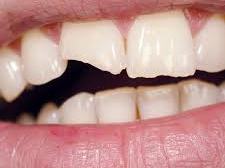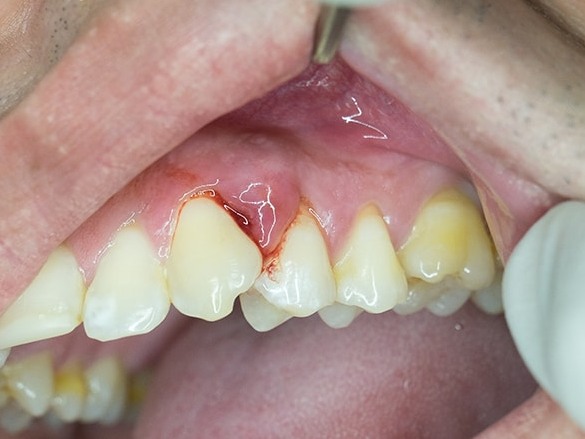Dental Emergencies
What is a Dental Emergency?
Accidents, sports-related injuries, tooth decay and infection are the many causes of dental emergencies. You may have a dental emergency if you have any of the following:

Root Canal Treatment / Toothache
Nerve root irritation, such as infection, decay or loss is the cause of most tooth pain. Contact your dentist as soon as possible and explain your symptoms. Over-the-counter pain medicine can ease the pain temporarily. Never put medication directly against the gums because it may burn gum tissue. Ice can bring temporary relief to a sore tooth. However, heat can make things worse.

Chipped or Broken Tooth
Broken teeth can almost always be saved. Call your dentist, explain what happened, and ask to be seen as soon as possible. Bring any pieces of the chipped or broken tooth to your dentist, if possible. For a small break your dentist may use a white filling to fix the tooth. A broken tooth may need a root canal and/or a crown to be successfully restored.

Abscessed Tooth
An abscessed tooth is a pocket of pus that can form in different parts of a tooth as a result of a bacterial infection. It’s sometimes called a dental abscess. An abscessed tooth causes moderate to severe pain that can sometimes radiate to your ear or neck. Left untreated, an abscessed tooth can turn into a serious, life-threatening condition.

Bitten Tongue or Lip
Apply pressure with a clean cloth to stop any bleeding. Use an ice pack to reduce the swelling. Go to your dentist or a hospital emergency room immediately, if the bleeding doesn’t stop.

Objects Caught Between Teeth
Try to remove the object gently with dental floss. See your dentist, if you can’t remove the object. Don’t try to remove the object with a sharp or pointed instrument because you could cut your gums or scratch the tooth’s surface.

Knocked Out Tooth (Avulsed)
Act quickly, if you’ve knocked out a permanent (adult) tooth because your dentist may be able to replant it. If it’s completely knocked out, rinse it with water, but don’t scrub it, and try to place it back into the opening. Hold the tooth by the crown (top), not the root to avoid damage to the ligaments on the root surface. The sooner the tooth is replaced, the greater the likelihood it will reattach successfully. Store the tooth in the mouth next to the cheek, if you can’t put the tooth back into its opening. If you think you might swallow the tooth store the tooth in a container of cold milk. If you see bleeding from the opening, rinse the mouth out with water. Place a wad of tissue or gauze on the opening and bite down on the gauze. The pressure applied will usually stop the bleeding. With proper action, a knocked out tooth can be successfully replanted and last for years.





